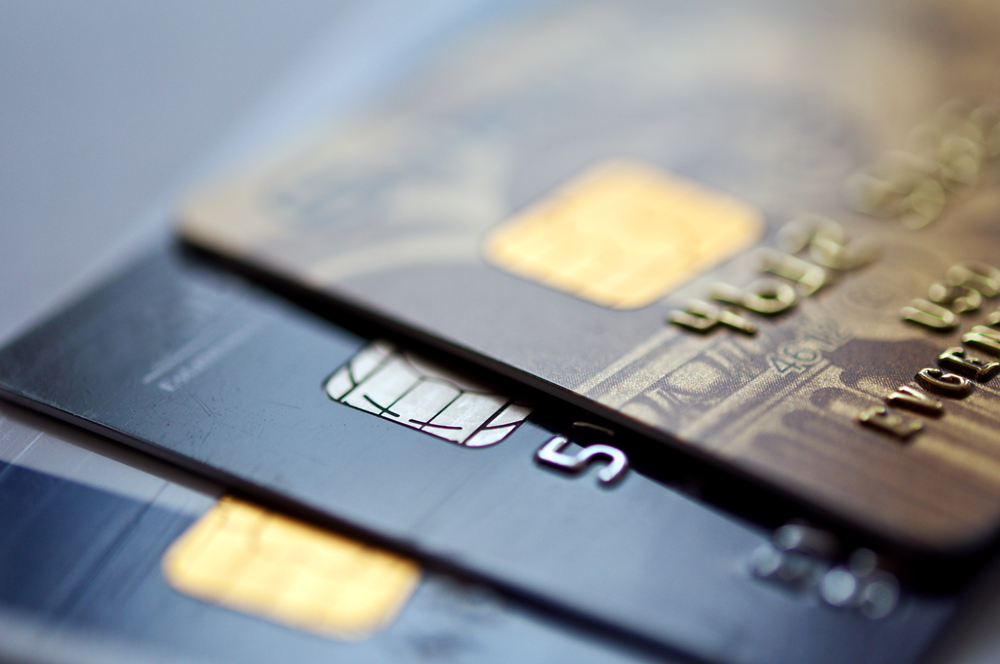Private Credit in India Coming of age
Private credit as an alternative asset class is going mainstream in India as the demand for credit remains strong

Private Credit in India Coming of age
As India grows to become a $5 trillion economy in the next few years, it needs to add about $2- 2.5 trillion in credit to support this growth. Credit in India remains a long-term structural opportunity with a CAGR of 15 per cent per annum. Private credit as an alternative asset class is going mainstream in India as the demand for credit remains very strong. Private credit delivered through alternative funds with matched asset-liability structures solves a tangible problem for the borrowers.
We believe that performing corporate/real estate credit and stressed/distressed credit are put together to provide an addressable market opportunity of about $100 billion over the next 5-6 years.
An enabling environment, provided by the 2016 Insolvency and Bankruptcy Code (IBC) which has matured as a regulatory framework, provides the much-needed stimulus to the credit regime in India. IBC has played a transformational role in improving the credit culture in the country. It has also helped creditors tap the enterprise value of companies in the case of resolution and provides for time-bound resolution with a pre-defined waterfall mechanism for different types of creditors.
Performing Credit in India
Banks and non-banking finance companies (NBFCs), which have traditionally been major providers of wholesale credit in India, have increasingly shifted their focus to retail credit. Banks have been cautious in lending to corporates and NBFCs given their ALM (asset-liability mismatch) issues, have refrained from long-term wholesale structured credit. This makes alternative investment funds, which can provide borrowers with flexible capital, the preferred vehicle for providing private debt in India.
We believe that performing corporate credit and residential real estate credit together provide a market opportunity of $60-70 billion over the next five to six years. As growth in the economy comes back, there are multiple opportunities in the performing credit space. On the wholesale side, there are opportunities for providing companies with long-term capital for growth, acquisition financing or stake enhancements as well as bridge capital for monetisation events.
In the real estate space, as the market is witnessing nascent signs of buoyancy supported by affordability levels, which are at their decade-best, there are opportunities to fund for last-mile completion of stuck projects at mid or late stages. Also increasingly, there is demand coming in from developers for the financing of newer projects at an early stage.
Distressed Debt in India-Addressable Market Opportunity
Until 2012, India was posting robust growth and corporates were setting up new capacity. Banks also grew their loan books at a rapid pace during this period. However, in the years after that, a combination of delays in project approvals, cost overruns, unrelated diversification by corporates, and a decline in commodity prices resulted in a sharp rise of stressed loans in the banking system. The Covid pandemic has exacerbated this stress to some extent. The banking sector NPAs in India is currently estimated at over 10 per cent of assets, around $135 billion. In addition to this, $25 billion of stressed assets are estimated with the NBFCs, making the overall pool of stressed assets in India close to $160 billion.
Segmenting this investment opportunity based on the turnaround potential of underlying companies provides us with an addressable investment opportunity of $25-30 billion over the next few years.
Stressed companies also approach alternative funds to raise priority funding for working capital requirements or for last-mile financing of projects. Such borrowing has a priority on cash flows over senior lenders.
While most of this stress amongst lenders is with respect to corporate debt, the pandemic has resulted in an increasing rise in retail NPAs in India, which are expected to double to over 4 per cent in 2021 from 2 per cent in 2018. This can provide additional opportunities for distressed debt investors.
Long Term Patient Capital – Need of the hour
Investment in performing credit and stressed situations require long-term patient capital as it typically takes at least 3-6 years for a successful turnaround or resolution. Private debt funds play an important role in mobilizing long-term capital from institutional investors. This capital can be utilised to provide bespoke solutions to promoters and their companies.
In a world that is hungry for yields, private debt funds in India can deliver attractive risk-adjusted returns to investors and at the same time provide the much-needed impetus for credit growth in the country.
The author is CEO, Edelweiss Alternative Asset Advisors
DISCLAIMER: Views expressed are the author’s own, and Outlook Money does not necessarily subscribe to them. Outlook Money shall not be responsible for any damage caused to any person/organisation directly or indirectly.
We believe that performing corporate/real estate credit and stressed/distressed credit are put together to provide an addressable market opportunity of about $100 billion over the next 5-6 years.
An enabling environment, provided by the 2016 Insolvency and Bankruptcy Code (IBC) which has matured as a regulatory framework, provides the much-needed stimulus to the credit regime in India. IBC has played a transformational role in improving the credit culture in the country. It has also helped creditors tap the enterprise value of companies in the case of resolution and provides for time-bound resolution with a pre-defined waterfall mechanism for different types of creditors.
Performing Credit in India
Banks and non-banking finance companies (NBFCs), which have traditionally been major providers of wholesale credit in India, have increasingly shifted their focus to retail credit. Banks have been cautious in lending to corporates and NBFCs given their ALM (asset-liability mismatch) issues, have refrained from long-term wholesale structured credit. This makes alternative investment funds, which can provide borrowers with flexible capital, the preferred vehicle for providing private debt in India.
We believe that performing corporate credit and residential real estate credit together provide a market opportunity of $60-70 billion over the next five to six years. As growth in the economy comes back, there are multiple opportunities in the performing credit space. On the wholesale side, there are opportunities for providing companies with long-term capital for growth, acquisition financing or stake enhancements as well as bridge capital for monetisation events.
In the real estate space, as the market is witnessing nascent signs of buoyancy supported by affordability levels, which are at their decade-best, there are opportunities to fund for last-mile completion of stuck projects at mid or late stages. Also increasingly, there is demand coming in from developers for the financing of newer projects at an early stage.
Distressed Debt in India-Addressable Market Opportunity
Until 2012, India was posting robust growth and corporates were setting up new capacity. Banks also grew their loan books at a rapid pace during this period. However, in the years after that, a combination of delays in project approvals, cost overruns, unrelated diversification by corporates, and a decline in commodity prices resulted in a sharp rise of stressed loans in the banking system. The Covid pandemic has exacerbated this stress to some extent. The banking sector NPAs in India is currently estimated at over 10 per cent of assets, around $135 billion. In addition to this, $25 billion of stressed assets are estimated with the NBFCs, making the overall pool of stressed assets in India close to $160 billion.
Segmenting this investment opportunity based on the turnaround potential of underlying companies provides us with an addressable investment opportunity of $25-30 billion over the next few years.
Special Situation funds help in providing the much-needed patient capital to turn around some of these stressed companies. Investment opportunities include a buyout of bank debt of these pools of assets and helping their turnaround through restructuring and operational improvements. Similarly, with Indian sponsors concerned about losing control over their companies in an IBC resolution process, there is an increasing demand from companies to raise primary financing for one-time settlements with banks prior to the company being taken to IBC. Last year itself, we saw many small- to mid-sized steel companies become operational through capital funding from Special Situation funds resulting in a turnaround of plants with over 10 MT capacity. Special situation funds have helped in a big way in providing life to stagnant assets.
Stressed companies also approach alternative funds to raise priority funding for working capital requirements or for last-mile financing of projects. Such borrowing has a priority on cash flows over senior lenders.
While most of this stress amongst lenders is with respect to corporate debt, the pandemic has resulted in an increasing rise in retail NPAs in India, which are expected to double to over 4 per cent in 2021 from 2 per cent in 2018. This can provide additional opportunities for distressed debt investors.
Long Term Patient Capital – Need of the hour
Investment in performing credit and stressed situations require long-term patient capital as it typically takes at least 3-6 years for a successful turnaround or resolution. Private debt funds play an important role in mobilizing long-term capital from institutional investors. This capital can be utilised to provide bespoke solutions to promoters and their companies.
In a world that is hungry for yields, private debt funds in India can deliver attractive risk-adjusted returns to investors and at the same time provide the much-needed impetus for credit growth in the country.
The author is CEO, Edelweiss Alternative Asset Advisors
DISCLAIMER: Views expressed are the author’s own, and Outlook Money does not necessarily subscribe to them. Outlook Money shall not be responsible for any damage caused to any person/organisation directly or indirectly.
Advertisement*
Most Read
Advertisement*









